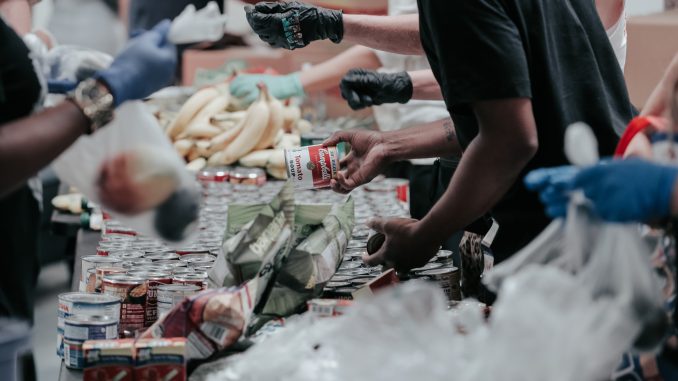
BY BERRY NEGRÓN
Two important issues on the rise in New York City are the scarcity of food and the lack of affordable housing due to gentrification. As winter approaches, these issues start to become even more apparent and worrisome.
Throughout Brooklyn, neighborhoods such as Bushwick, Flatbush and Williamsburg have seen their once relied on food banks close down, as well as many other local grocery stores and pharmacies they once relied on.
“COVID-19 has hit so many people hard, but it hit full communities harder,” says Abigail Gomez, a stay-at-home- mom living in Williamsburg. “So many small stores became newer and bigger stores that could afford to keep up with more expensive rent. It really starts to take the uniqueness out of the neighborhoods that a lot of us grew up in.”
There are several types of gentrification ranging from climate to industrial, and factors such as this have caused Brooklyn residents to be pushed out and have brought in non-native residents and business chains to settle into empty or inexpensive space in different neighborhoods, according to Politico.
City Limits has calculated that roughly 70% of New Yorkers living in the five boroughs are spending most of their income on rent, meaning there is very little to spend on other necessities. This means that individuals have to prioritize which necessity they are able to afford, thus adding to the issue of food insecurity across New York’s boroughs. This number has continued to rise since the beginning of the pandemic.
Alongside the lack of affordable housing, there are lack of resources in food banks, as well as food banks shutting down. Because of this, one out of every 10 adults face hunger. Part of this issue is how long it takes to get contracts signed with distributors and how to divide food amongst the pantries. With only two major food banks able to provide supplies for numerous pantries, City Harvest and Food Bank for New York City, demand is harder to keep up with.
“These distributors are dividing food amongst 100 different pantries and it takes about six to eight months to get a contract. This makes it harder for those with no financial capacity or technological capacities and has a generational gap for people who don’t have in city food banks to access them,” said Zac Martin, the Founder of Trellis Community Development.
While several food banks have started to faze out, Trellis Community Development has never stopped. Trellis is home to one of the leading non-profit food banks in Brooklyn, and has never closed their doors during the last two years.
This does not mean that they haven’t had their own struggles to keep the pantry open. Many times they have had to readjust to make sure the pantries were still able to be up and running, and this came with making sacrifices.
“We used to have pre-packaged bags that allowed people to come in and pick up what they needed. During the pandemic we were no longer able to have these or to let people in beyond access points,” said Martin.
The solution was simple and effective: meals were put together on the spot to hand out to people. It was a shift in what they were used to, but Trellis made it work so people would still be able to have a meal.
Not every food bank is fortunate enough to be able to stay up and running. With the help of volunteers coming out of pocket to pay for meals to provide for others or relying on the assistance of other food pantries, many stay afloat for longer and it proves that their main goal is to feed people whenever possible.
